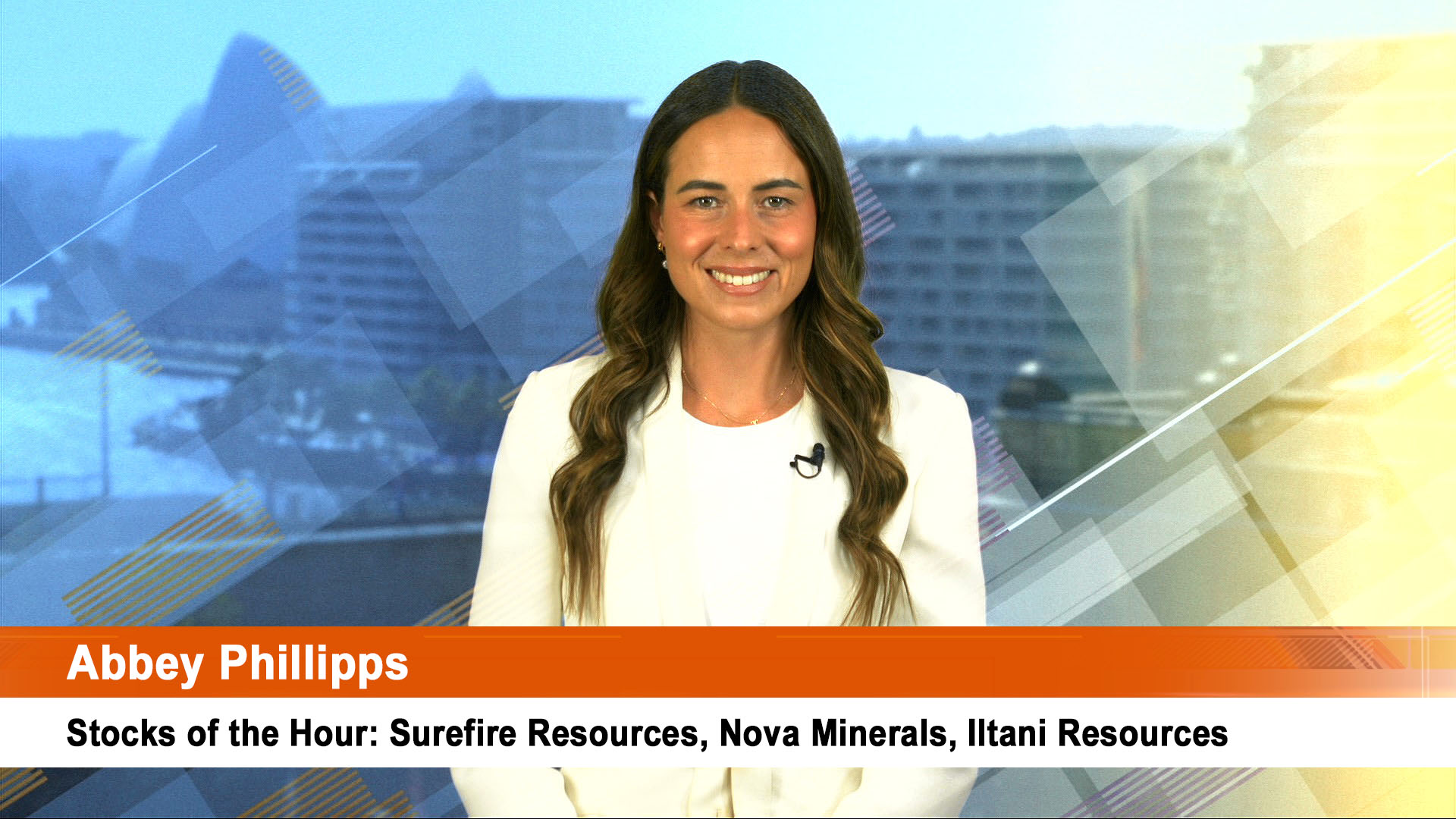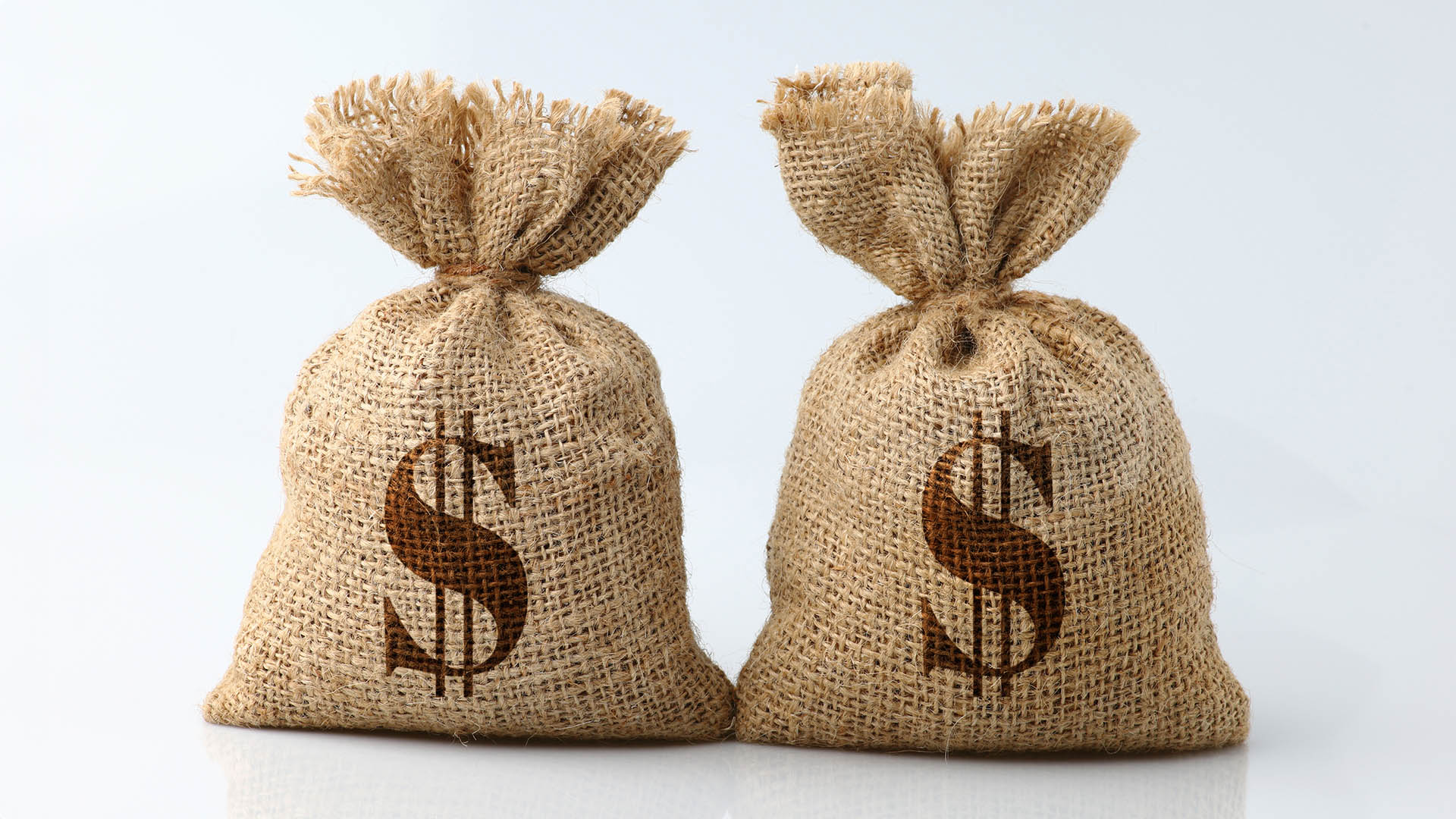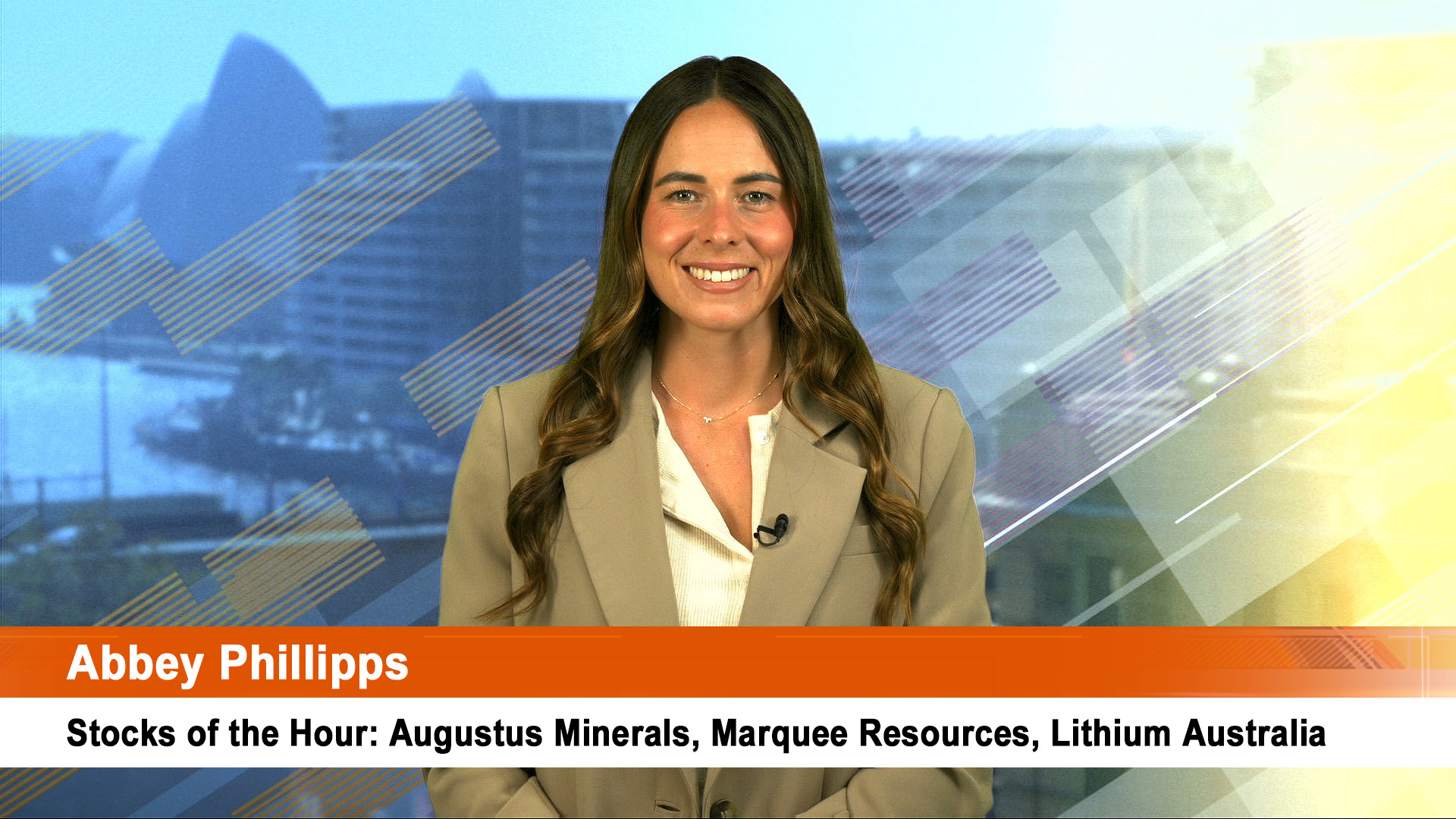What a difference a day and an "assurance" from the Russian government makes to market sentiment – even allowing for the return to bombing in Iraq by the US on Friday.
The new US bombing saw markets tremble on Friday afternoon and evening, but by the close of business the comment from the Russians that they had finished "live firing" training on the Ukraine border with a reported 20,000 troops saw markets settle down and Wall Street surged higher.
As a result Wall Street had its best day since March, something that looked unlikely in local trading on Friday afternoon and in Europe later in the night.
That turnaround boosted our futures market and the SPI ended trading for the week with a 37 point gain booked in for the start of local trading later this morning.
That will be a huge difference to the gloomy end to trading on Friday in Australia when some analysts were talking about a sustained fall.
Friday’s 1.3% fall for the ASX 200 means 3.6%, or nearly $41 billion, was wiped off the market’s value in the six trading sessions from the previous Friday.
That saw the ASX 200 Index down 2.2% last week to 5435.3 points at the close on Friday in what was the worst week for the local sharemarket since March.
And yet 14 hours later, Wall Street had its strongest day of trading since March.
The Aussie dollar dropped in Friday trading in Asia to around 92.45, before bouncing in late US trading to end at 92.78.
So who would have thought that markets would end the week up in the US, after the slide on Friday afternoon with the Japanese stockmarket down 3%, Australia off 50 points, gold rising and with oil looking firmer?
As it turned out, gold fell on the day and global oil prices were mixed.
The Russian – Ukraine story resonated more loudly in Europe (and the Russian announcement on the ‘live’ training came late in the day) so European shares fell by around 2.5% on average over the week (London was down 1.7%).
Japanese shares fell 4.8% Monday to Friday (because the country still buys a lot of Middle Eastern oil and LNG), while Australian shares fell 2.2% despite the very good interim result from Rio Tinto.
But the Chinese share market rose another 0.4% and didn’t worry about the trade figures for July showing a fall in imports.
The US share market had a bounce on Friday afternoon, US time, leaving it up around 0.3% for the week.
From their recent highs US shares have fallen 4%, Eurozone shares 10%, global shares 4% and Australian shares 3.5%.
Some analysts warn that the weakness in the US is showing up in junk bond prices and investment funds where there’s been an outflow of tens of billions of dollars in investor money in the last month.
On Wall Street the Dow rose 182.52 points, or 1.12%, to close at 16,550.79 on Saturday morning, our time.
The S&P 500 ended up 21.84 points, or 1.14%, to 1,931.41.
The Nasdaq Composite added 36.02 points, or 0.83%, to 4,370.99.
For the week, the Dow rose 0.4%, the S&P 500 added 0.3% and the Nasdaq rose 0.4%.
Before Friday’s rally, the S&P 500 had given up more than 4% while the small-cap Russell was down 7% in the past four weeks.
Friday’s bounce was either of the dead cat variety – meaning another fall will occur soon, or a change in sentiment – which is unlikely given the problems in Ukraine haven’t eased, Gaza remains fraught and the US bombing in Iraq looks like continuing for an indefinite period.
The yield on US 10-year told the story on Friday – it opened just under 2.50%, fell to 2.350% (the lowest level in 14 months) on the rumours about the situation in Ukraine, and then confirmation of bombing in Iraq, before the Russian government’s statement saw it rebound to close down half a basis point on the day, but 8.5 points lower over the week.
And after being in the red all day, by the close on Wall Street early Saturday morning, our time, the MSCI All World Index was up 0.2%.
But oil prices trimmed gains, suggesting either the market didn’t take the news flow on Friday seriously enough (the fall in Tokyo belies that angle) or that traders remain too complacent.
US crude oil settled up 31c to $US97.65, while Brent turned lower to settle down 42c at $US105.02 as analysts said the strikes may lower the risk of supply disruptions.
Brent crude rose 0.2% for the week, WTI in New York fell by the same amount. Now if markets and traders were really worried, Brent crude would have fallen by more, and not ended the week marginally higher.
Gold markets benefited over the week.
Comex gold for December delivery slid $US1.50, or 0.1%, to $US1,311 an ounce in New York on Friday.
That left it up 1.3% for the week.
The Euro Stoxx 600, which fell for a second week, is now down 7.1% from June 10, when it reached its highest level since January 2008.
The Italian market is now down 15% from its peak in June, while the Greek market is down 24% from its high on March 18, according to Bloomberg data.













